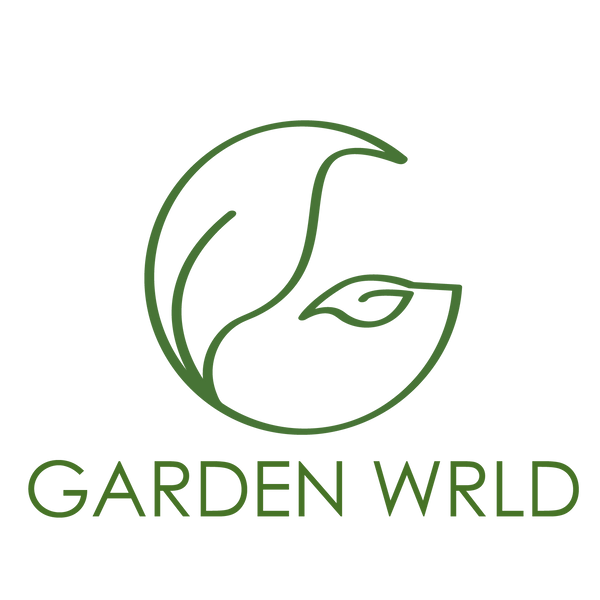
Understanding Plant Hardiness Zones: A Gardener’s Guide
Share
Gardening success often hinges on selecting plants that thrive in your specific climate. One of the most effective tools for making these decisions is understanding plant hardiness zones. This guide will provide a comprehensive overview of plant hardiness zones, helping you choose the right plants for your garden.
What Are Plant Hardiness Zones?
Plant hardiness zones are geographically defined areas where specific types of plants are most likely to thrive. These zones are determined based on the average annual minimum winter temperature of the region. The most widely used system is the USDA Plant Hardiness Zone Map, which divides North America into 13 zones.
The USDA Plant Hardiness Zone Map
The USDA Plant Hardiness Zone Map is the standard by which gardeners and growers determine which plants are most likely to thrive in a location. The map divides the United States and Canada into 13 zones, each representing a 10°F range of average annual minimum temperatures. Here’s a breakdown of these zones:
- Zone 1: -60 to -50°F
- Zone 2: -50 to -40°F
- Zone 3: -40 to -30°F
- Zone 4: -30 to -20°F
- Zone 5: -20 to -10°F
- Zone 6: -10 to 0°F
- Zone 7: 0 to 10°F
- Zone 8: 10 to 20°F
- Zone 9: 20 to 30°F
- Zone 10: 30 to 40°F
- Zone 11: 40 to 50°F
- Zone 12: 50 to 60°F
- Zone 13: 60 to 70°F
Each zone is further divided into 'a' and 'b' subzones to provide more precise temperature ranges.
Why Are Plant Hardiness Zones Important?
Understanding plant hardiness zones is crucial for several reasons:
- Selecting Plants: Knowing your zone helps you choose plants that are likely to survive and thrive in your climate.
- Planting Times: Zones can guide you on the best times to plant certain species.
- Garden Planning: They assist in designing a garden that can withstand your region's climate conditions year-round.
How to Determine Your Plant Hardiness Zone
To find your specific plant hardiness zone, you can use the USDA’s interactive map available on their website. Simply enter your zip code, and the map will pinpoint your zone.
Adapting to Your Zone
Choosing the Right Plants
When selecting plants, always check the plant's hardiness zone range on the label or description. For example, if you live in Zone 6, choose plants labeled for Zones 5-7 for best results.
Microclimates
Even within a single yard, microclimates can exist due to variations in sunlight, wind, soil type, and moisture. Pay attention to these areas when planning your garden, as they might support plants outside your overall hardiness zone.
Extending Growing Seasons
In cooler zones, use techniques like mulching, row covers, or greenhouses to extend the growing season for some plants. In warmer zones, consider shade cloths and efficient watering systems to protect plants from extreme heat.
Common Plants and Their Hardiness Zones
Here are examples of popular garden plants and their hardiness zones:
Perennials
- Hostas: Zones 3-9
- Lavender: Zones 5-9
- Peonies: Zones 3-8
Shrubs
- Hydrangeas: Zones 3-9
- Boxwoods: Zones 5-9
- Rhododendrons: Zones 4-8
Trees
- Maples: Zones 3-9
- Magnolias: Zones 4-9
- Cherry Blossoms: Zones 5-8
Vegetables
- Tomatoes: Zones 4-11 (with protection)
- Carrots: Zones 3-10
- Peppers: Zones 5-10
Fruits
- Apples: Zones 4-8
- Blueberries: Zones 3-10
- Citrus: Zones 8-11
FAQs About Plant Hardiness Zones
What if my plant is not within my zone?
If a plant is outside your hardiness zone, it may not survive the winter or could struggle during the hottest months. Consider using containers or seasonal planting for these species.
Can I change my garden's microclimate?
Yes, you can create microclimates by altering wind exposure, adjusting sunlight with shade or reflective surfaces, and modifying soil and moisture conditions.
How do global warming and climate change affect hardiness zones?
Climate change can shift hardiness zones over time, typically moving them northward. Staying updated with the latest USDA zone maps and local climate reports is essential.
Are hardiness zones the only factor to consider?
No, other factors like soil type, rainfall, humidity, and local pests also influence plant success.
Conclusion
Understanding and utilizing plant hardiness zones is essential for any gardener aiming for a thriving garden. By selecting plants suited to your zone, considering microclimates, and employing season-extending techniques, you can cultivate a beautiful and resilient garden.
Remember to check your specific zone using the USDA map and always keep an eye on updates as climates evolve. Happy gardening!
